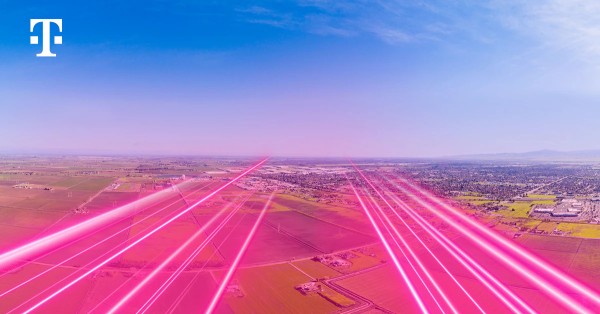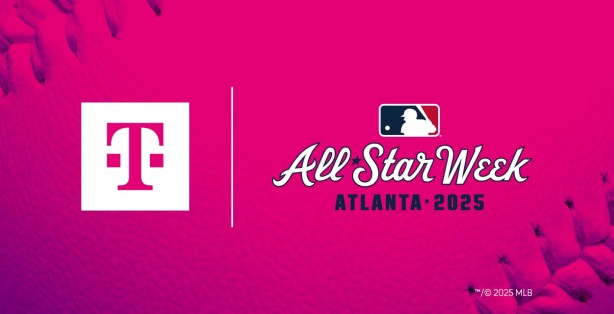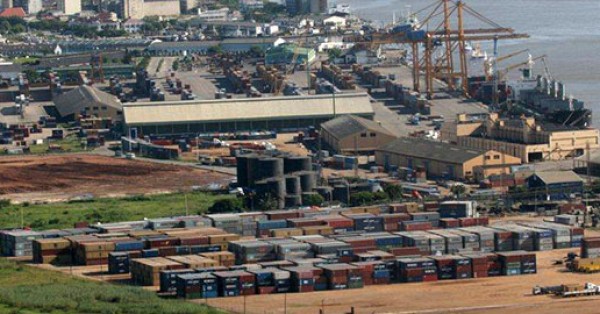Why stc EWC 5G build matters now
stc groups connectivity program at the Esports World Cup (EWC) is a timely proof point for how operators can engineer predictable performance under extreme density and uplink-heavy traffic patterns.
Live events stress-test national 4G/5G networks
With more than 3 million users engaging across the first three weeks, the EWC functioned as a scaled, real-world benchmark for 4G/5G readiness. High-density venues, roaming spectators, and concurrent app usage expose weaknesses in radio planning, interference control, and backhaul resilience in ways lab testing cannot. stcs ability to sustain high speeds and service continuity signals a mature playbook for mega-events and a template for smart-venue operations beyond sports and entertainment.
Esports pushes uplink throughput and latency demands
Unlike traditional stadium traffic, esports concentrates heavy uplink from creators, broadcasters, and pro players, alongside downlink demand from fans. That mix makes upload throughput, latency stability, and jitter control as critical as peak download metrics. By instrumenting for broadcast-grade uplink and demonstrating top-tier speeds validated by an independent testing platform, stc highlights how 5G can serve both real-time production workflows and consumer apps without trade-offs.
Inside the 5G deployment: density, spectrum, and indoor coverage
The EWC footprint combined aggressive radio densification, targeted spectrum capacity, and venue-specific indoor systems to turn RF complexity into consistent user experience.
1,295 antennas and venue-first IBS for uniform coverage
stc installed more than 1,295 advanced antennas, with 576 positioned inside key venues, and complemented them with Indoor Building Solutions for uniform coverage. In practical terms, that means a layered approachdistributed antennas and small cells to minimize dead zones, coordinated power levels to curb interference, and careful sectorization to keep cells from saturating during peaks. The result is predictable throughput at the seat level, not just headline speeds at the concourse.
Up to 285 MHz 5G spectrum where density peaks
Spectrum depth is the other side of the equation. By expanding 5G bandwidth up to 285 megahertz in the densest zones, stc created meaningful headroom for both downlink and uplink traffic. Paired with advanced RAN features such as carrier aggregation and massive MIMO (commonly used in these scenarios), operators can spread load intelligently, sustain multi-gigabit bursts, and preserve uplink performance for production crews when fan traffic spikes.
Fiber backhaul, power resiliency, and RF interference control
Densification only works with ample, resilient backhaul and disciplined RF engineering. High-capacity fiber to the venue, localized transport redundancy, and tight interference management are essential to avoid self-congestion. For temporary overlays, power distribution, thermal planning, and rapid RF optimization loops shorten time-to-stabilitykey for events with little tolerance for outages or rework.
Broadcast-grade 5G mobility for creators and media
The EWC deployment also doubled as a live contribution network, enabling mobile, low-latency video workflows that traditionally rely on fixed connectivity.
5G as the primary live contribution link
stc supported digital broadcasting over 5G, allowing media teams and content creators to capture and transmit live feeds without wired constraints. For broadcasters, this reduces rig complexity and accelerates setup; for venues, it unlocks more camera angles and dynamic coverage. Strong uplink capacity with consistent cell-edge performance is pivotal for these outcomes, particularly inside arenas packed with smartphones.
QoS-driven latency and jitter control for live streams
Beyond raw throughput, predictable latency and low jitter protect stream quality. In practice, that means prioritizing real-time flows, separating traffic types with policy control, and closely monitoring radio and transport KPIs. When executed well, broadcasters gain near-fiber reliability with the mobility and flexibility of 5G, and creators can deliver higher-bitrate streams from the field with fewer drops.
5G strategy for operators, venues, and sponsors
Large-scale esports offers an actionable blueprint for how to design, operate, and monetize high-density 5G experiences.
High-density 5G design playbook
Plan for uplink first, not lastdimension spectrum, antennas, and power for creator and media workflows. Engineer indoor coverage intentionally with venue-specific IBS and DAS layouts. Pre-stage capacity where queues form and where fans produce content, not just where they consume. Validate plans with drive testing and on-site crowd modeling, and keep optimization teams active during the event to tune parameters in real time.
Partnership and monetization models for venue 5G
Bundle connectivity with production enablementbroadcast SLAs, prioritized media profiles, and turnkey Wi-Fi/5G hybrids for rights holders. Explore neutral-host or managed-service models for arenas to amortize investment across sports seasons and one-off events. For sponsors, connectivity-linked experiences (low-latency fan interactions, AR replays, VIP streams) convert network quality into measurable engagement and premium inventory.
What’s next for Saudi Arabia’s esports and 5G ecosystem
The EWC serves as a catalyst for repeatable venue networks and a broader digital media economy anchored in robust 5G.
From event overlays to reusable venue 5G infrastructure
Expect more permanent IBS and small-cell systems across flagship venues, with event overlays reserved for peak weeks. Over time, operators can fold in edge compute for instant highlights, AI-driven crowd safety analytics, and smarter traffic steering between 5G and Wi-Fi 6/7 to keep QoE consistent as applications evolve.
KPIs that correlate with 5G experience
Independent speed and reliability validations, such as those used during the tournament, will remain important, but operators should elevate measurements that correlate with experience: uplink success rates for live production, session setup times, handover stability inside arenas, and time-at-target-throughput for both fans and media. These KPIs turn fast into fit for purpose.
Bottom line: stcs EWC executionspanning antenna density, venue-first indoor systems, and targeted spectrum depthdemonstrates how to translate 5G investment into tangible outcomes for fans, athletes, and broadcasters, and sets a high bar for future mega-events in the region and beyond.































